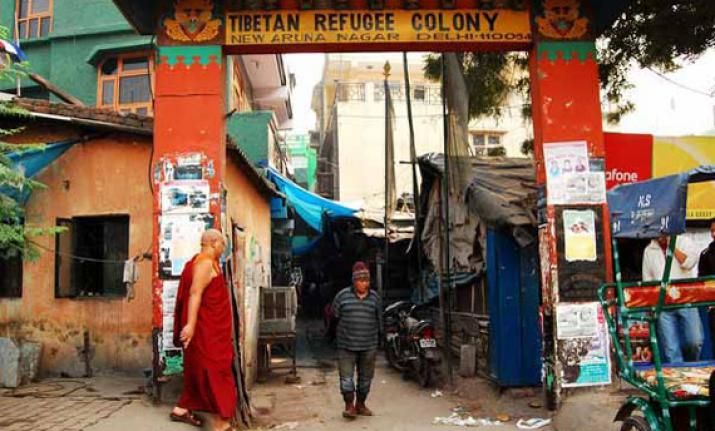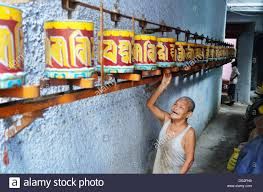A Walk Through Majnu Ka Tila, Delhi
Jan 17, 2019 • 23 views
Finding a home miles away from home
In a quiet part of the capital city of India, lies a Tibetan refugee colony, home to thousands of first, second and third generation Tibetans. The historic name of area, literally means“the hillock of Majnu”, after a local Sufi mystic, who ferried people across the Yamuna River for free as a service to God. It differentiates itself from the rest of Delhi, from the moment that you step into the locality. With shops lined with affordable clothes and traditional handicrafts, and a scrumptious and diverse variety of cuisines to choose from, it’s no surprise that it functions as a tourist hotspot as well. There’s nothing quite like walking down the streets of Majnu ka Tila; for the space buzzes with a life of its own, and is a pleasant change from the hustle, bustle and fumes from the city. This place truly justifies the name “Little Tibet” since it encapsulates the essence of the Tibetan way if life in a relatively small perimeter.

In 1959, China on acquiring Tibet by means of the war, decided to use its power to the fullest measure by breaking down everything that built and formed the basis of the Tibetan way of life. Thus, for the purpose of their religious, cultural and heritage preservation, Tibetans fled under the spiritual leadership of the Dalai Lama in large numbers, with majority of them migrating to India. The Indian government gave them land by the Yamuna River, and interestingly instead of merging into the Indian way of life, the Tibetan diasporic community have managed to maintain their unique identity and culture, something which can be observed in every nook and cranny of the space. They were granted full freedom to practice their culture and religion. Be it prayer rolls that adorn the walls, colourful Tibetan flags that flutter with the wind, sipping on some traditional butter tea, old women sitting deep in meditation in the temple square, or monks strolling about the place-every element resonates of a socio-cultural heritage people are determined to not let go of. ‘This big settlement with concrete, multi-storeyed houses that you see now used to be just a couple of slums with makeshift houses by the riverbed not too long ago,’ an officer at the ‘Tibetan Welfare Association Office’ tells me. He himself is a second generation Tibetan, having spent all his life in Majnu ka Tila and surprisingly prefers communicating in Hindi.

In my strong belief, the government and we as a nation need to take ownership of the fact that these ‘guests’ are now very much our neighbours. The people of the marketplace, grapple with many problems on a frequent basis, the most unique one being identifying their social status in a completely different country. There is a strong need to build an environment that fosters fraternity and works to create career and education opportunities that may help them thrive in a long-term perspective. This will also enable us to set as example for the world on how to become more accommodating of refugees and increase an awareness of the sort of hardships they face.
Majnu ka Tila is a vibrant space, full of life, love, business and solidarity. One thing that the residents of Majnu ka Tila taught me well was to enjoy life even when stuck in the middle ofcontradictions.

